Name(English): Pak Tai Temple
Name(Chinese): 北帝廟
Category: Religion & Belief
Address(English): 2 Lung On St, Wan Chai
Address(Chinese): 灣仔隆安街2號
Address Google Map Link: https://goo.gl/maps/nVEVUbUt2qtvdyEJA
Address longitude and latitude: 22.27321964568561, 114.17368577886656
Nearest MTR Station: Wan Chai MTR Exit A3
Nearest MTR Station Google Map Link: https://goo.gl/maps/rc5hTjje32UUNMAu8
Nearest MTR Station longitude and latitude: 22.277171252052085, 114.173312245864
How far from the nearest MTR Station: 8 mins walk from Wan Chai MTR Exit A3
Opening Hours:
MON 08:00 – 17:00
TUE 08:00 – 17:00
WED 08:00 – 17:00
THU 08:00 – 17:00
FRI 08:00 – 17:00
SAT 08:00 – 17:00
SUN 08:00 – 17:00
Recommended Time to Visit: Anytime during opening hours
Accessibility Note: Easy access-flat entrance
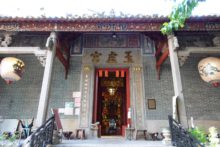
At the backstreets of Wan Chai stands a century-old Taoist Temple, built by Wan Chai residents in the 1860s and dedicated to the God of Water – Pak Tai, where tranquility traverses and religious vibes linger. Being the biggest Pak Tai Temple complex on Hong Kong Island, this temple of high aesthetic and historical values has been graded as an important heritage – not to mention the significance it brought out to the social development of the neighborhood in the past.

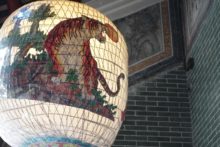
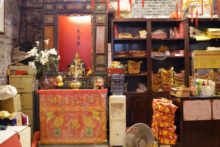

According to Taoist ideologies, the north is associated with water and the color black, which is why Pak Tai is also known as the Black Emperor. The water deity is highly worshipped by people in southern regions praying for protection against floods as the water comes from the north. The temple is structured in the classic Qing vernacular two-hall-three-bay architectural style, not only containing beautiful handcrafted murals on both its exterior and interior that portray scenes of life in ancient times, but also a 400-year-old copper statue of Pak Tai inside the main hall. You will notice there are lots of multi-colored lotus lanterns dangling from the ceilings rather than the usual spiral incense sticks in other local temples, which offer another set of calming experience.
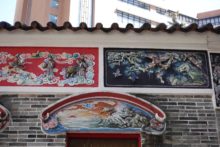
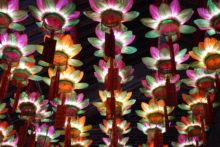
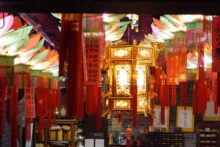
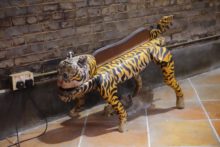
The temple also served other social purposes during the early days of Wan Chai development, fully utilizing the space within the structure. The two halls connected to the main building on the sides were used as community centre and school. Plus, the level of acceptance of the religion was deemed to be high. Rewinding to the 1950s, the temple even allowed St. James Settlement to borrow their right hall for their community work despite religious differences, setting a strong basis of the cohesiveness in Hong Kong.
#discoverhongkong #explorehongkong #visithongkong #hongkongtravel #ilovehongkong #hongkongtrip #heritage #hongkongheritage #chinesetradition #culturetrip #hongkongculture #hkhistory #hongkonghistory #hongkongstory #religion #hongkongreligion #temple #paktaitemple #taoisttemple #taoist #taoism #wanchai


